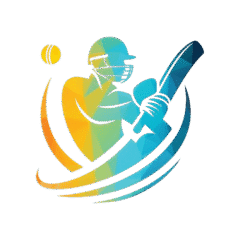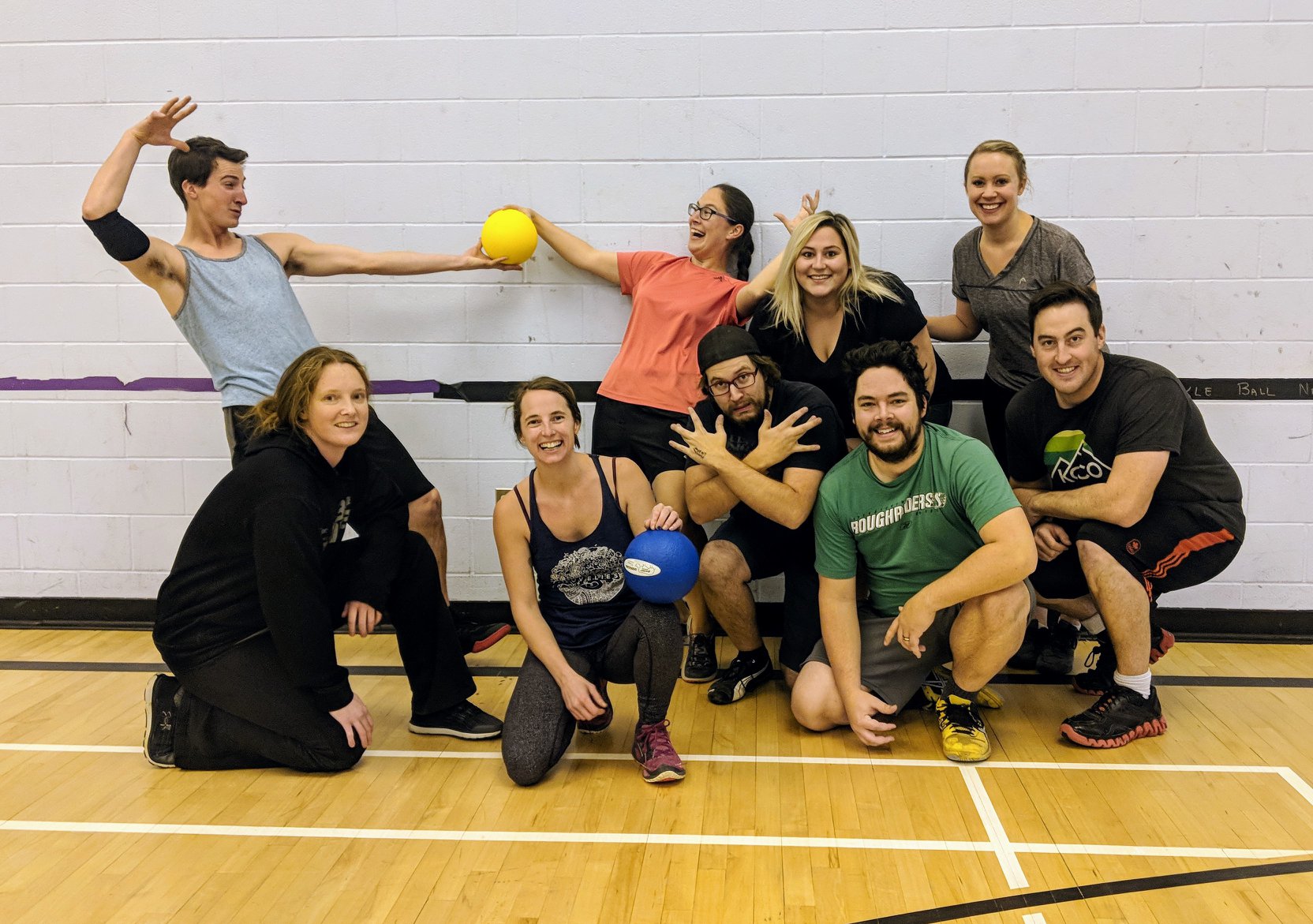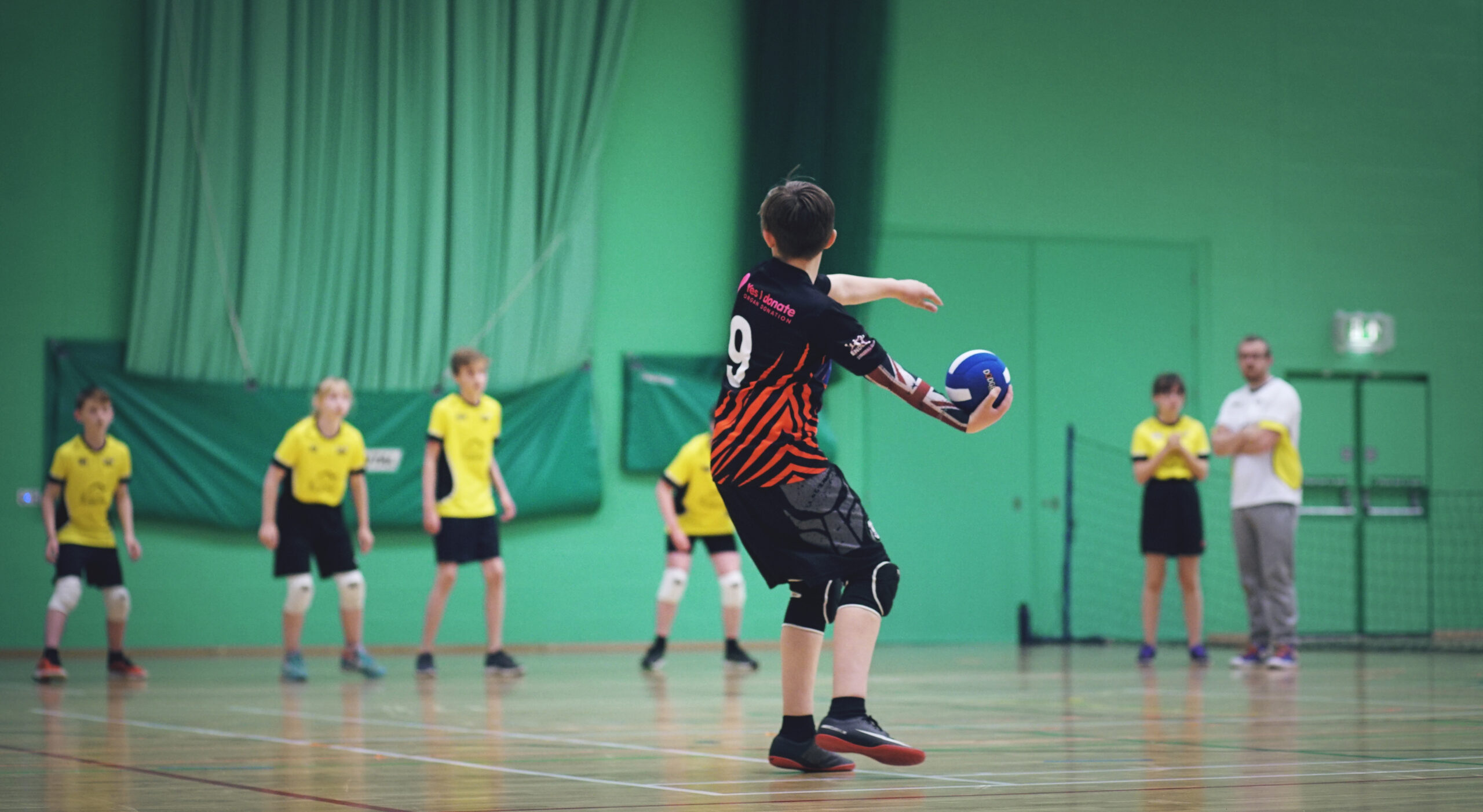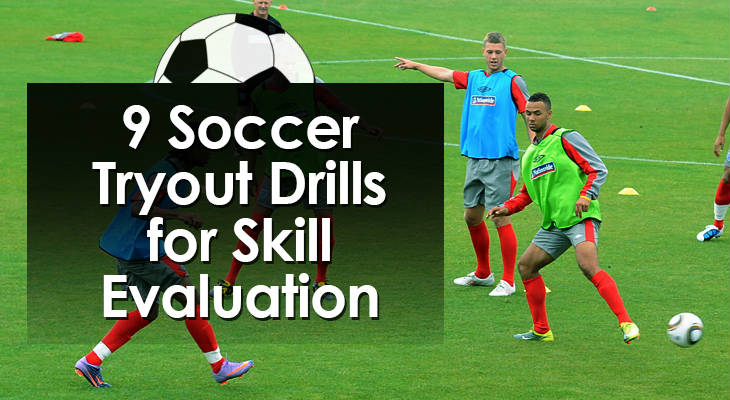Why Throw-Ins Matter More Than Ever
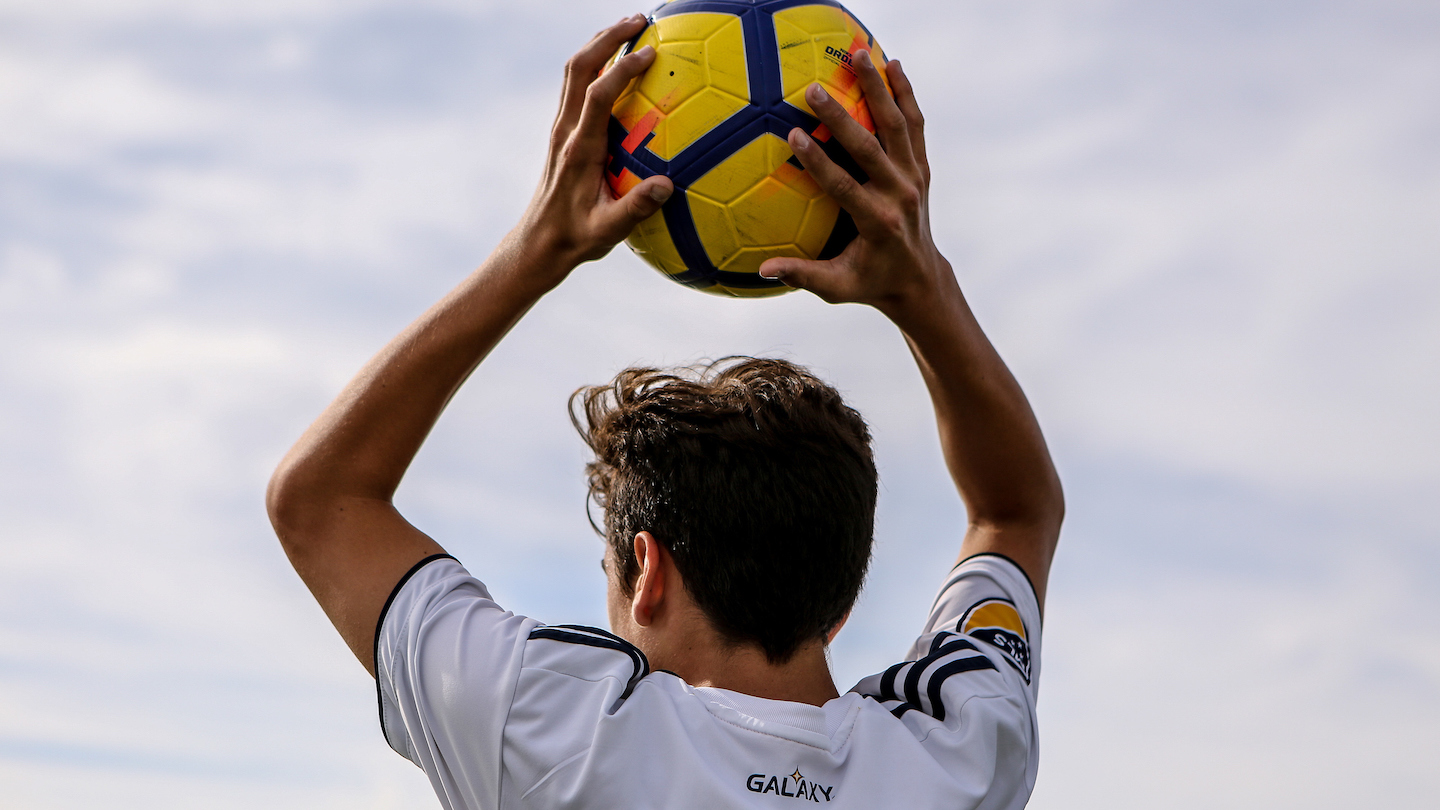
For years, throw-ins in soccer were treated as afterthoughts—simple ways to restart play with little emphasis on strategy. But in recent years, coaches and analysts have realized that throw-ins can be just as important as corners and free kicks.
A great example? In 2018, Liverpool hired throw-in coach Thomas Gronnemark—a move many mocked at first. But the results spoke for themselves. Liverpool improved their throw-in possession retention from 45.4% to 68.4%, jumping from 18th to 1st in the Premier League.
With 40–60 throw-ins per game and most teams giving up possession half the time, learning how to capitalize on this overlooked moment can give your team a serious edge.
5 Essential Soccer Throw-In Drills
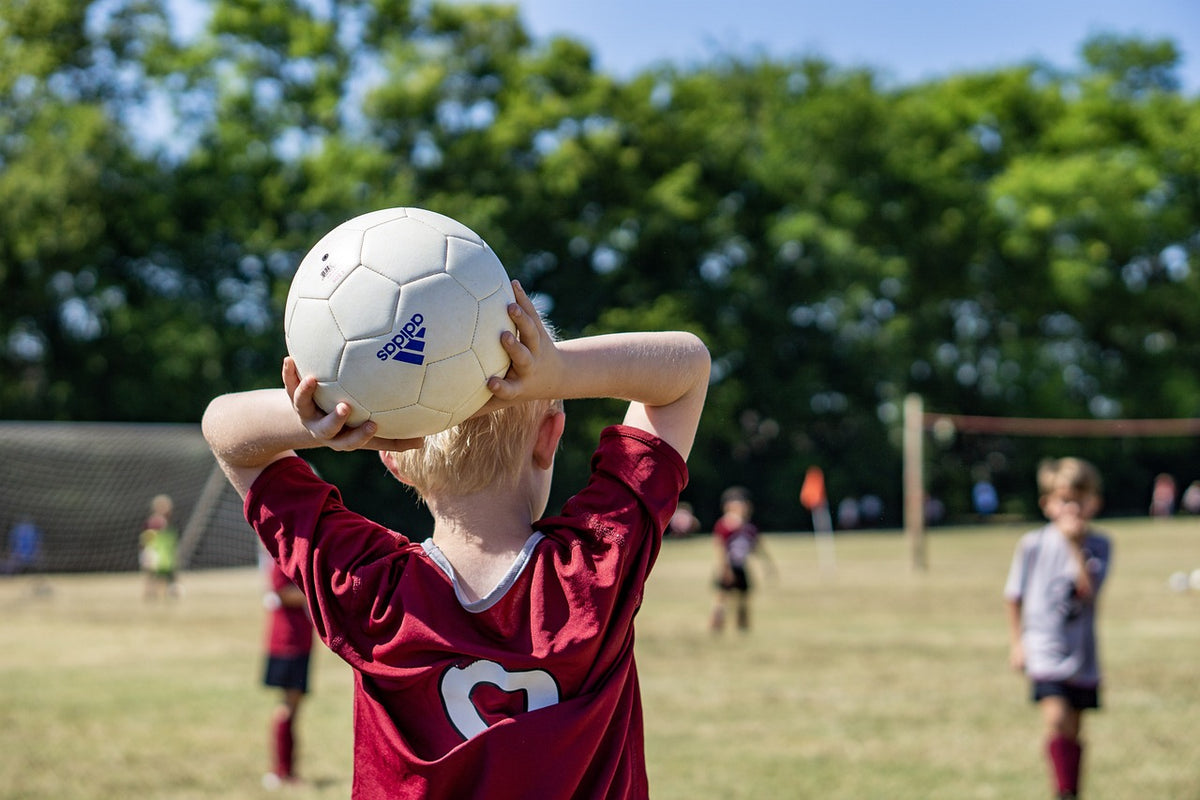
Each of these drills helps players build muscle memory, confidence, and tactical awareness when it comes to throw-ins. Whether you’re working with a youth squad or experienced players, these drills add structure and impact to your sessions.
1. First-Touch & Technique Drill
Focus Areas: Throwing mechanics, first touch, off-the-ball movement, ball control (feet, chest, knees), passing
Set-Up:
- Use four cones to create a small square for the receiver (about 5×5 yards)
- The thrower stands about 10 yards away
How to Run It:
- The receiver starts by moving away from the thrower, then checks back into the square to receive.
- The thrower delivers a throw-in to the receiver’s feet.
- The receiver controls the ball with one touch, then passes it back.
- Repeat 5 times, then rotate through other variations:
- Chest control and return pass
- Knee control and return pass
- First-time pass
- Left foot only / right foot only
- Increase distance for more advanced repetitions
This is a simple but crucial drill to ensure players can receive any type of throw cleanly and keep play moving.
2. Quick Turn & One-Touch Switch

Focus Areas: Movement, one-touch passing, creating passing triangles, switching play
Set-Up:
- One thrower with the ball
- One wide player 10 yards along the sideline
- One central player 10 yards toward the center of the pitch
How to Run It:
- Wide player fakes a forward run, then checks back to receive.
- Thrower delivers a throw-in to the wide player’s feet.
- The wide player returns the pass immediately.
- Central player fakes forward, then checks toward the thrower.
- Thrower passes to the central player, who opens their body and plays a switch pass to the opposite side.
If possible, place a fourth player to receive the switch on the far wing. This drill creates effective combinations that can outsmart high-pressure defensive setups.
3. Pin the Defender to Passing Triangle
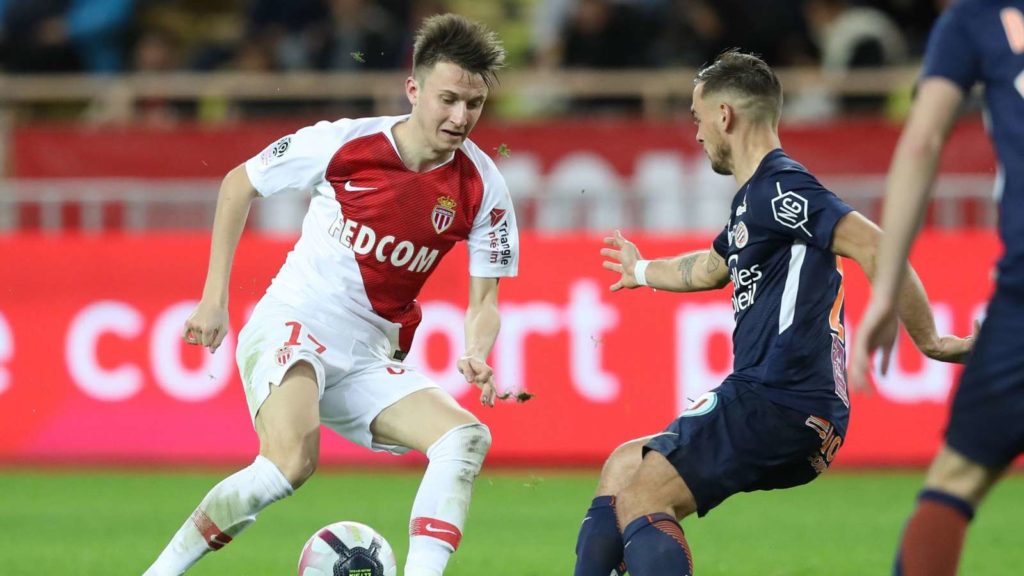
Focus Areas: Hold-up play, triangle passing, under-pressure decision-making
Set-Up:
- Thrower with the ball
- Target player on the sideline 10 yards away, with a defender on their back
- Supporting player 10 yards from the thrower and 5 yards infield
How to Run It:
- Thrower sends the ball to the target player (under pressure).
- Target player shields the ball using body position and control.
- Defender applies light pressure (can increase intensity over time).
- Target player passes back to the thrower, then spins down the sideline.
- Thrower executes a one-two with the supporting player, receives the ball in stride heading into space.
- Thrower then plays a line-splitting pass to the target player sprinting down the line.
- Optionally, turn it into a finishing drill with a cross into the box and a shot.
This drill is fantastic for teaching players how to operate in tight spaces under pressure and still find ways out with smart passing and movement.
4. Sideline Throw Routine
Focus Areas: Movement deception, acceleration, first touch, hold-up play
Set-Up:
- Thrower with the ball
- Receiver stands 10–15 yards away, slightly infield with a defender
How to Run It:
- Keep the sideline free initially.
- Receiver moves side to side to confuse the defender.
- Receiver feints toward the ball; thrower pump fakes.
- Receiver then sprints down the line into space.
- Thrower lofts or throws the ball into the receiver’s path.
- The receiver can either: a) Continue running and start an attack b) Shield the ball, turn, and play a pass back to the thrower
This routine works because of deception, quick feet, and good communication. Practice both outcomes so players can adapt during real matches.
5. Throwing Pairs Drill
Focus Areas: Throw-in mechanics, movement, first-touch, communication
Set-Up:
- Create 5×5 yard grids using cones
- Place two additional cones 5 yards from each side
- Pair players up—one thrower, one receiver
How to Run It:
- The thrower practices legal throw-ins (both feet down, ball behind head, etc.)
- Receiver must control the ball using different parts of the body:
- Feet
- Thighs
- Chest
- Head
- Emphasize communication before each rep.
- Switch roles after 5–10 throws.
This drill is particularly effective for younger players who need to develop consistency in throw-in technique while improving their ability to control aerial passes.
FAQs: Soccer Throw-In Drills
Q: Why are throw-ins so important in modern soccer?
A: With over 40–60 throw-ins per match, every one is a chance to maintain possession or spark an attack. Good throw-ins reduce turnovers and build play from the sidelines.
Q: What’s the biggest mistake players make on throw-ins?
A: Poor communication and lack of movement off the ball. Players often stand still, making it easy for defenders to intercept.
Q: How can I teach proper throw-in technique to young players?
A: Use the Throwing Pairs Drill. Focus on legal form (feet on the ground, ball behind head) and repeat it until the movement becomes natural.
Q: Are set plays important for throw-ins?
A: Yes! Simple routines like quick turns, triangles, and switches help keep possession under pressure.
Q: Can you score directly from a throw-in?
A: No. A goal scored directly from a throw-in doesn’t count unless another player touches the ball first.
Q: How often should teams practice throw-ins?
A: Once per week is ideal, with added focus during tactical sessions. Short but focused practice is more valuable than long, repetitive reps.
Conclusion: Turn Throw-Ins into a Weapon
Throw-ins don’t have to be a weakness or an afterthought. With the right technique, movement, and planning, they can become an effective part of your attacking and possession game.
Every throw-in is an opportunity. Whether it’s launching a quick counterattack, escaping pressure, or keeping the ball moving, teams that master the sideline moments have a better chance at controlling matches.
Start small, stay consistent, and watch your throw-in success rate soar—just like Liverpool’s did. ⚽
